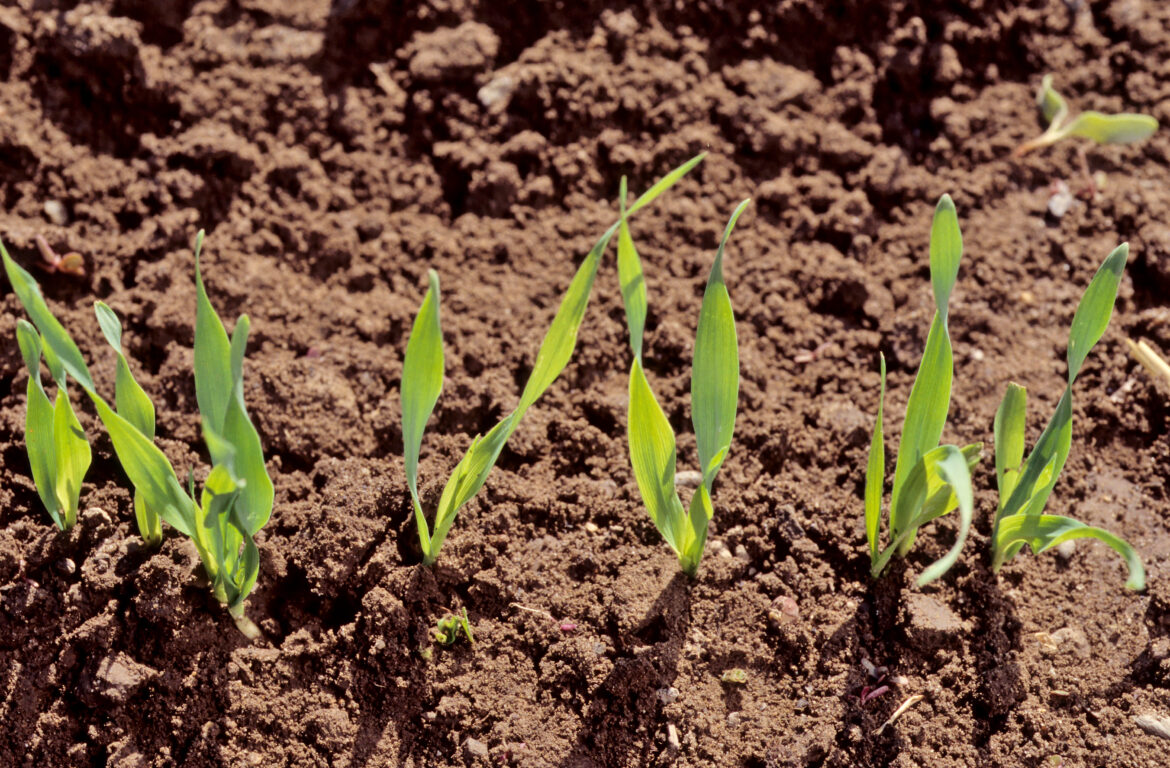BIOSTIMULANTS AND BIO-INPUTS TO AGRICULTURE —- 10th Symposium Plant Protection and Plant Health International jointly organized by Deutsche Phytomedizinische Gesellschaft e.V. (DPG), Julius Kühn-Institut (JKI), and University of Hohenheim concluded the need for more biologically integrated agriculture and harmonized regulations and definitions for biostimulants, biological crop protectants and soil improvers. The symposium proposed a definition of ‘bio-intensification’ as achieving adequate yields from minimum land area by increasing and sustaining biodiversity and soil fertility. Biostimulants and soil improvers were defined as per the new EU Fertilizing Products Regulation (2019/1009). Bio-protectants were defined as various biocontrol agents. Definitions clearly do pose a problem, in that the article uses the term ‘bio-fertilizer’ to mean ‘bio-stimulant’, whereas many authors use this term to mean fertilizers derived from biological materials or organic wastes. The report on the symposium entitled ‘Biostimulants, Soil Improvers, Bioprotectants: Promoters of Bio‑Intensification in Plant Production’ notes that the EU Fertilizing Product Regulation defines ‘biostimulants’ by the claim to “stimulate plant nutrition processes” but without requirements of efficacy or composition. Bioprotectants, on the other hand, face high registration costs under the EU 1107/2009 (Plant Protection Products). Nonetheless, there are over 1 600 such products on the market in the EU, nearly 90% of which from SMEs. Overall, the workshop concluded that bio-inputs inputs cannot completely replace agrochemicals without changing farm production systems.
INDICATORS FOR RESOURCE RECOVERY IN WASTEWATER MANAGEMENT —- The Circular Economy Monitoring Framework does not to date consider resources from wastewater. The paper ‘Indicators for Resource Recovery Monitoring Within the Circular Economy Model Implementation in the Wastewater Sector’ proposes indicators for wastewater treatment circularity. Identified indicators include wastewater treatment, chemical usage in treatment, biogas production, nutrient recovery. Recommendations are made for the design of indicators of wastewater management circularity: address both local and global dimensions of circular economy, need for a range of indicators enabling selection of indicators relevant for a given context, use of appropriate units, coverage of the whole wastewater generation – collection – treatment cycle. A simple proposed indicator set is outlined: rate of recovery of nutrients (N and P), rate of recovery of organic matter, reuse of treated wastewater, energy self-sufficiency. It is noted, however, that questions such as bio-availability of recovered nutrients should also be considered. The weighting of different indicators will depend on the local situation (e.g. in some regions water reuse is more important than in others). The authors note that the development of appropriate and recognized indicators of wastewater management circularity is important to increase business and social awareness and acceptance of recycling of wastewater-derived materials and to support public policies for nutrient recycling.
LONG-TERM LAND USE OF SEWAGE BIOSOLIDS AND ANTIMICROBIAL RESISTANCE —- Four decades of sewage sludge application to cropland near Malmö, Sweden, shows not to modify soil antibiotic resistance bacteria or gene levels, and does not result in levels of concern of copper or zinc, the study entitled ‘Long-Term Application of Swedish Sewage Sludge on Farmland Does Not Cause Clear Changes in the Soil Bacterial Resistome’ has concluded. Soil was tested in a field trial plot where sewage biosolids have been applied every four years 1981–2017 and a range of crops grown, before and two weeks after the 2017 biosolids application, also with comparison to application of nitrogen fertilizer. Raw, digested and stored sludge were also analyzed. Analyses covered bioavailable copper and zinc, 16 antibiotic molecules compounds metagenomics, ampicillin-, tetracycline- and -resistance E. coli. None of the tested antibiotics were found in soil prior to the 2017 biosolids amendment, showing that these pharmaceuticals were not persistent in soil. The antibiotics were found in some samples 15 days after biosolids application, however no significant changes in ARG (antibiotic resistance genes) were found in soils having received biosolids, neither before nor after the 2017 biosolids application. Also, bacterial cultivation also revealed no sign of antibiotic resistance related to biosolids application. Bioavailable copper and zinc levels found in biosolids amended soils were considered too low to exert antibiotic resistance selection pressure. The authors conclude that, under the conditions tested, there is no indication of risks of antibiotic resistance development in soils due to sewage biosolids application.




